If you’re into your turntables and HiFi setups, you probably know a thing or two about Ortofon, the Danish manufacturer of moving magnet cartridges and moving coil cartridges. However, there is a lot to unpack when it comes to the various ranges and colour-coded sub-categories.
The company dates back to 1918, founded by engineers Axel Petersen and Arnold Poulsen, so there’s a rich history! In this article, we’ll discuss the differences between the OM, 2M, Quintet, and Cadenza series, as well as what the red, blue, bronze, and black variants mean. Hopefully, by the end of the article, you’ll have a good idea of which Ortofon cartridge is best for you and the kinds of records you listen to!
In a hurry?
Here’s an overview of the differences between the various series.
| OM | 2M | Quintet | Cadenza | |
|---|---|---|---|---|
| Cartridges (ordered from core to premium) | OM-5S, OM-5E, Super OM-5E | 2M Red, 2MR Red, 2M Blue, 2MR Blue, 2M Bronze, 2MR Bronze, 2M Black, 2MR Black, 2M Beethoven LVB250 | Quintet Red, Quintet Blue, Quintet Bronze, Quintet Black S | Cadenza Red, Cadenza Blue, Cadenza Bronze, Cadenza Black |
| Split-Pole-Pin Technology | OM-5E | All | All | All |
| Interchangeable Stylus | OM-5S, OM-3E, OM-5E, OM-78, OM-10, OM-20, OM-30, OM-40, OM-40 Anniversary, OM-Century | Red - Blue, Red - Mono, Red - 78, Red - Silver, Bronze - Black | None | None |
| Weight | 2.5g – 5g | 7.2g | 9g | 10.7g |
| Tone-arm Type | Lightweight - standard | Standard | Standard | Standard |
| Signature* | Fun, rhythmic, musical | Harmonic, rich, balanced | Harmonic, open, revealing | Harmonic, wide, spacious |
| Works Well With* | Pop, rock, electronic | Pop, rock, electronic | Soul/blues, singer-songwriter, electronic | Soul/blues/jazz, classical/opera, electronic |
*information based on the core cartridge
Ortofon cartridges
The OM Series
In the early 1980s, Ortofon introduced one of their most popular Ortofon cartridges. The OM series is their entry-level range and a good gateway into the brand. In fact, you’ll find OM cartridges equipped on many popular turntables from brands like Pro-Ject.
They’re also very versatile and are designed with a removable plate, making them perfect for both standard and lightweight tonearms.
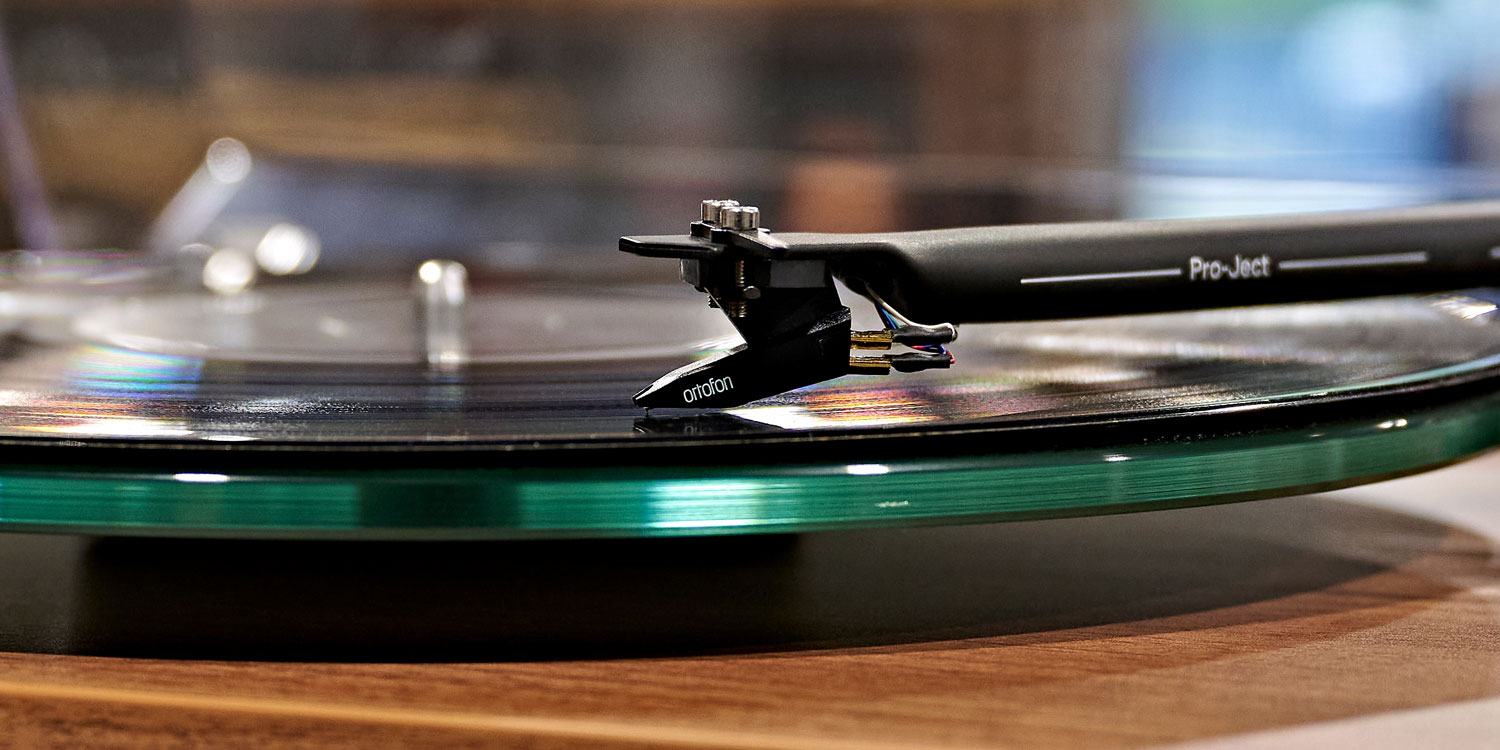
The 2M Series
With its striking design and clever split pole pins technology, as well as using HOPELEX material (a low viscosity, halogen-free polycarbonate construction), the 2M series brings a flatter response while reducing unwanted resonances. The 2M red, in particular, is known for being one of the best and most affordable cartridges on the market.
There’s also a level of interchangeability available with the 2M series. The 2M Red and Blue styli are interchangeable, as are the 2M Bronze and Black.
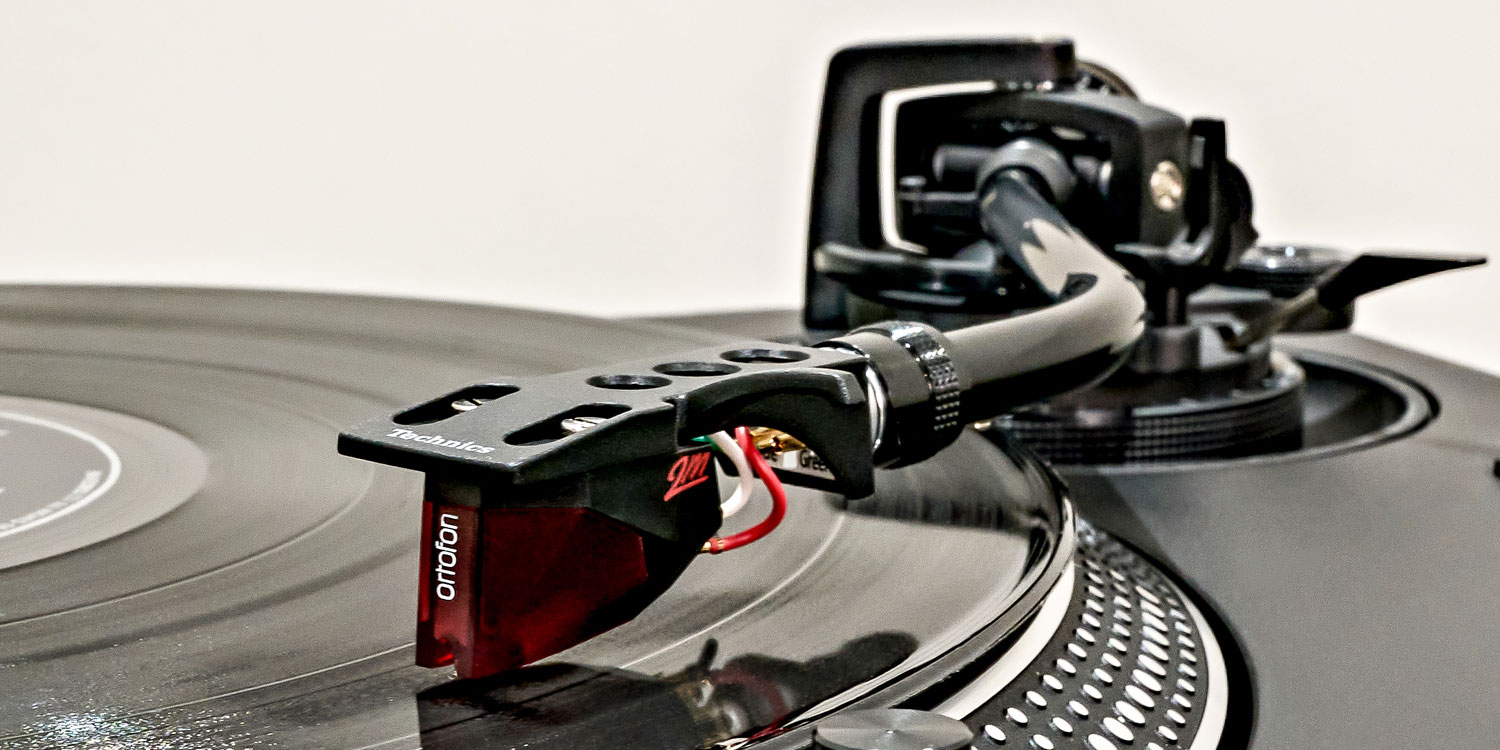
The Quintet Series
As you’d expect, Ortofon know a thing or two about moving coil cartridges since they patented the design back in the 1940s. It shows, too, as they have managed to create an Ortofon cartridge that performs way above its price point.
The Quintet series showcases these moving coil cartridges. These use an ABS (Acrylonitrile/Butadiene/Styrene) thermoplastic material that’s rigid and lightweight in its construction. A neodymium magnet then brings the highest power-to-weight ratio without losing magnetism like other magnets which lose it over time.
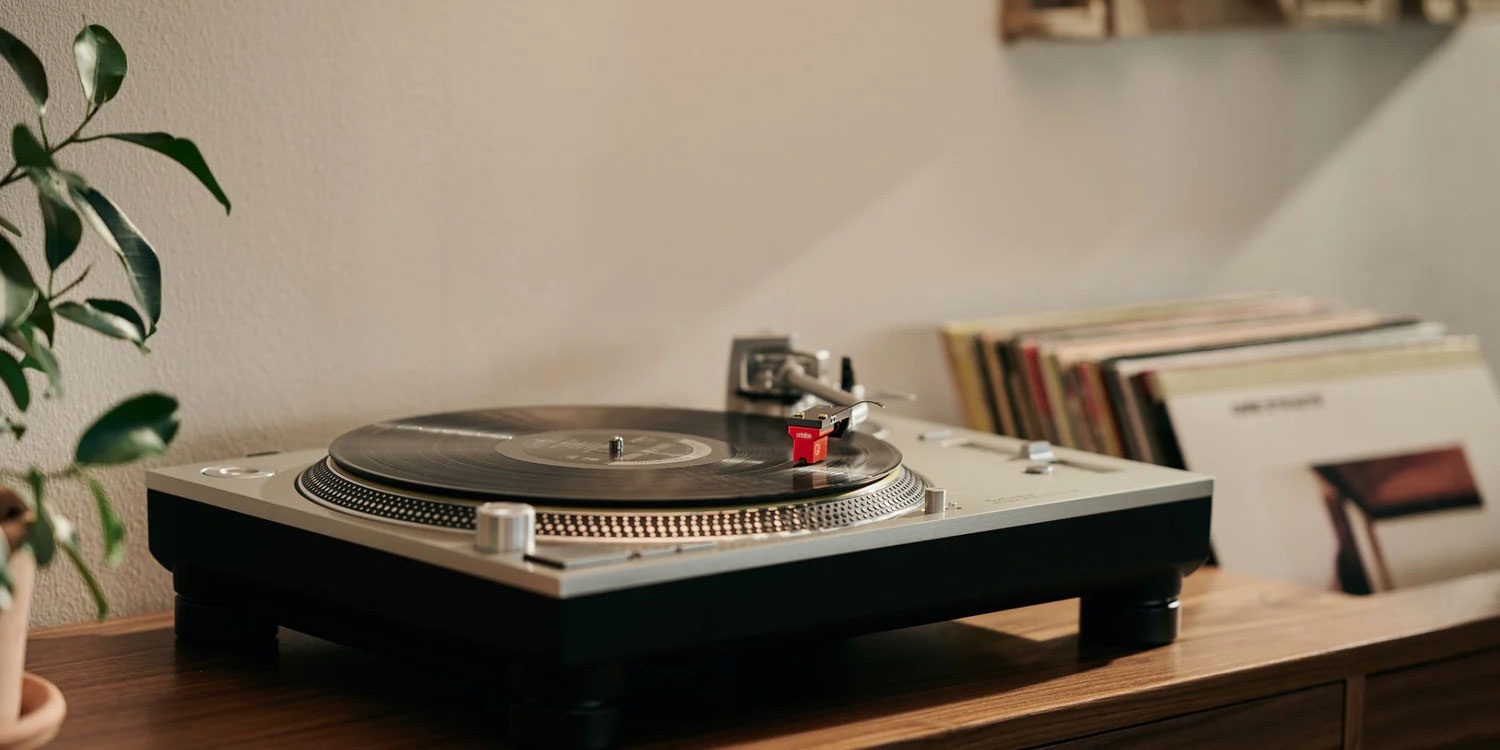
The Cadenza Series
Cadenza is a series of high-end moving cartridges, designed around the stainless steel aluminium body found in the Ortofon Kontrapunkt series.
The all-aluminium cantilever, ultra-compact four-piece coil, and cobalt-iron pole system create harmony with the neodymium magnet. Micro movements from the cantilever pick up the smallest vibrations from a variety of diamond tips, such as Nude Fine-line and Nude Shibata styli.
Good to know: The ultra-low impedance levels of the Quintet and Cadenza require high-gain transformers or pre-amp solutions.
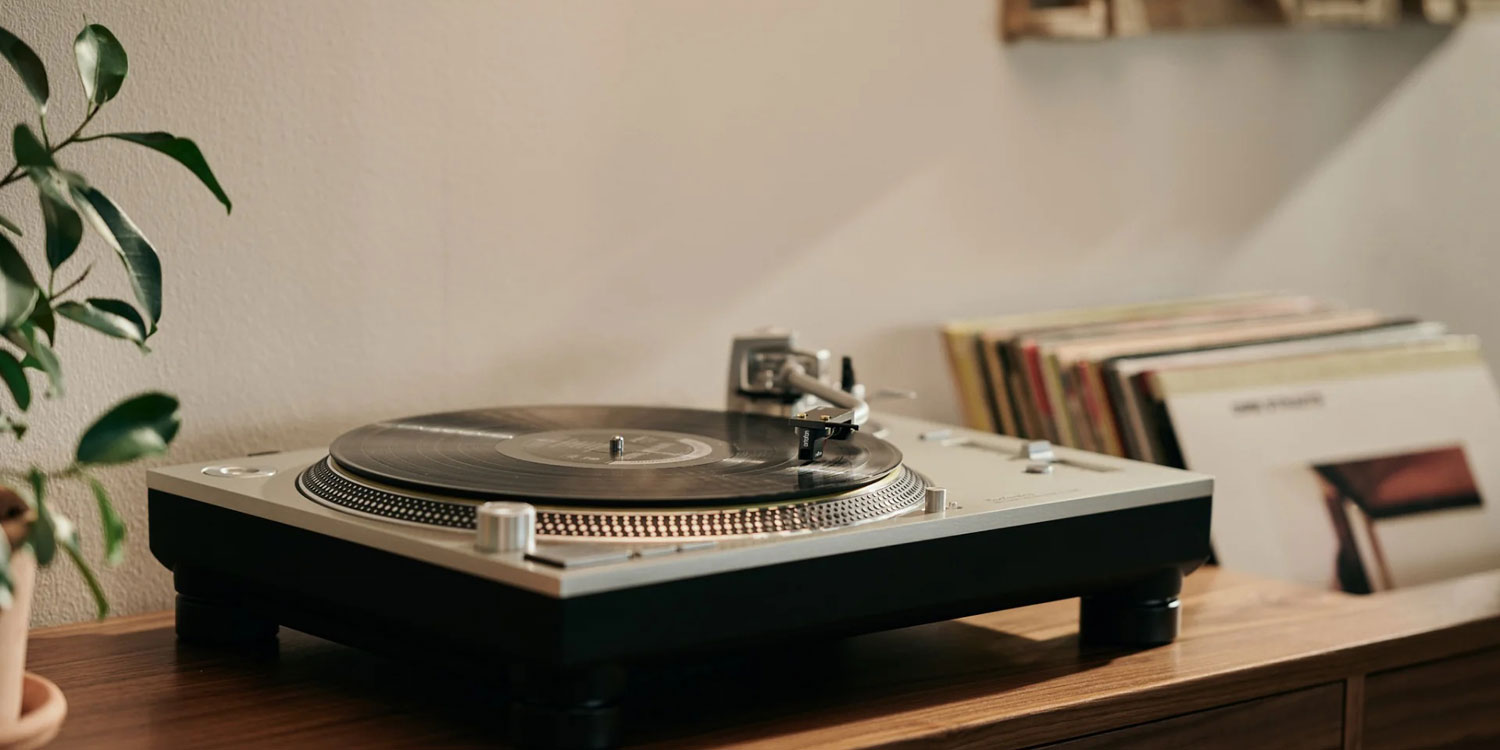
What do the colours mean?
So, what do the colours mean within the Ortofon 2M, Quintet, and Cadenza series? Simply put, this is an identifying sound characteristic marker. Don’t expect the Ortofon 2M black to sound the same as the Quintet or Cadenza black as they’re simply worlds apart.
Red Cartridges
Sound signature: Harmonic, all-round sound which is rich whilst never being overly sharp or harsh
An affordable way to own an Ortofon cartridge is by opting for a red variant. This is a good value-for-money entry-level option, however, the sonic characteristics will vary from series to series.
The Ortofon Quintet Red and Cadenza Red bring a level of stereo width which the 2M Red cannot. The sound will also be less rounded as they use nude diamonds mounted directly to the cantilever.
Blue Cartridges
Sound signature: Precise, warm, close to the original recording
Sound becomes more serious with finer detail starting to show when you use a blue cartridge. All Ortofon blue cartridges use nude diamond styli mounted directly to the cantilever.
The Blue Quintet and Cadenza cartridges also bring a wider frequency range, allowing for more detail whilst maintaining a broad stereo sound stage.
Bronze Cartridges
Sound signature: Detailed, separates instruments well
Bronze cartridges bring a detailed, romantic sound. The sound here isn’t as rounded as the red cartridges, rather, it presents a greater separation between instruments, allowing you to identify where the artist or musical instruments are placed.
The extra width you get from the Ortofon Quintet and Cadenza Bronze cartridges also brings height to the soundstage.
Black Cartridges
Sound signature: Precise, brings rhythm and vocals to life
Black cartridges are the most premium available within the 2M, Quintet, and Cadenza series. They use more expensive materials for optimal playback.
The romantic touch that bronze is famous for is taken to the next level with the Ortofon 2M and 2MR Black. The Quintet Black S and Cadenza Black then take the sound quality even further.
Which cartridge is right for me?
Moving magnet cartridges work with all phono stages, whether it’s built into your amplifier or an external phono stage.
The Ortofon OM and 2M cartridges are about the most versatile cartridges on the market, and thanks to upgrade options, they work perfectly at home with any turntable worth up to £1K.
Moving coil cartridges, on the other hand, are more sensitive with ultra-low impedance requiring high gain transformers or phono-stage. However, they can reveal more detail from good-quality records.
In most cases, a moving magnet is the best option, but your ears will tell you exactly which direction you need to go.
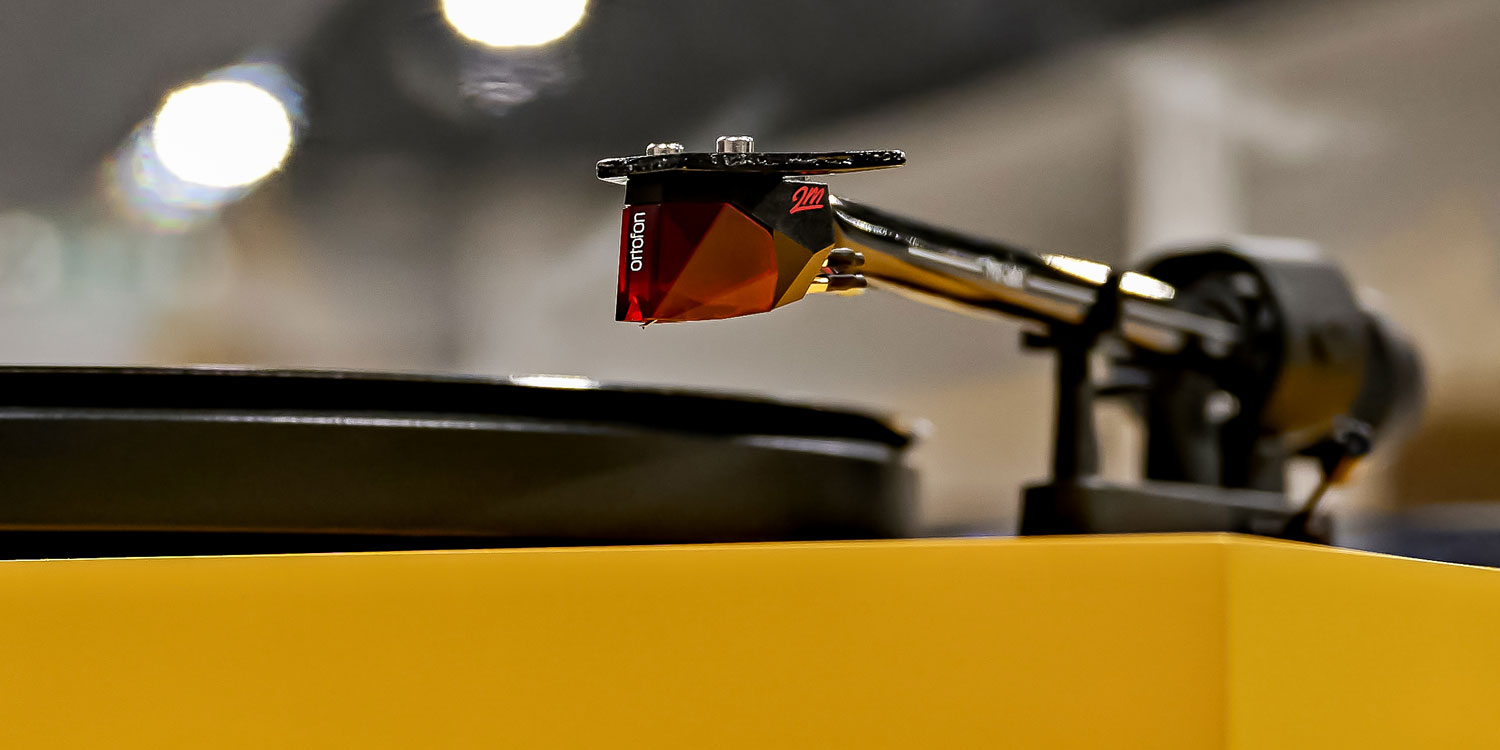
FAQs
Are Ortofon cartridges good?
Ortofon have a long-standing reputation for creating some of the best moving magnet and moving coil cartridges. Almost everyone will enjoy them, and the fact that many popular brands equip their turntables with Ortofon cartridges testifies to their great quality.
What is the best Ortofon cartridge?
The best and most premium Ortofon cartridges are part of the Cadenza series. However, the best Ortofon cartridge for you is the one that suits your turntable, ear, and pocket. Only you can decide. However, our advice is to spend no more than half of what your turntable is worth.
How long do Ortofon cartridges last?
Your Ortofon cartridge’s lifespan depends on the cartridge you have, however, Ortofon have specified an average of 60,000 minutes. It’s important to keep your records and your cartridge clean and well looked after in order to maintain their longevity.
Final thoughts
We hope we’ve whet your appetite opened your eyes to the world of Ortofon cartridges! They’re one of the go-to cartridges for anyone who owns a turntable. Plus, their colour range makes things simple when choosing which one is right for your ear and system.
Careful consideration is needed when purchasing an Ortofon moving coil cartridge over a moving magnet, as phono-stages may need upgrading. But if you are serious about revealing what’s on your records, nothing gets close.

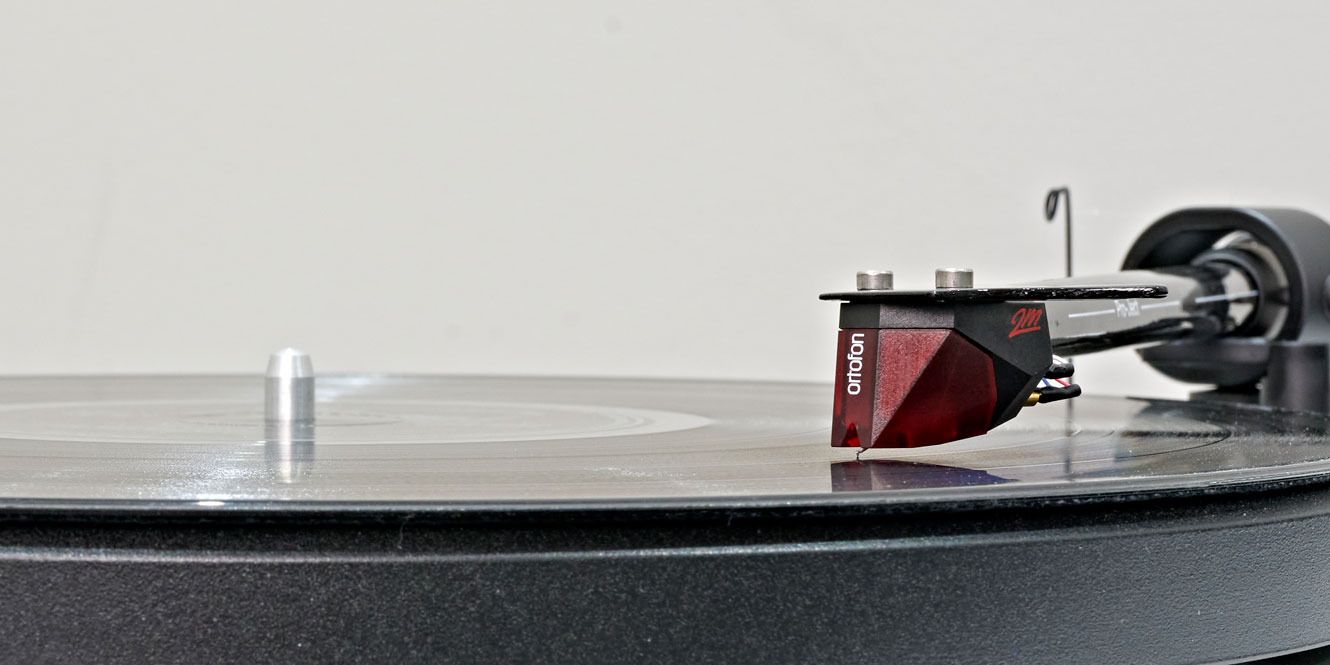
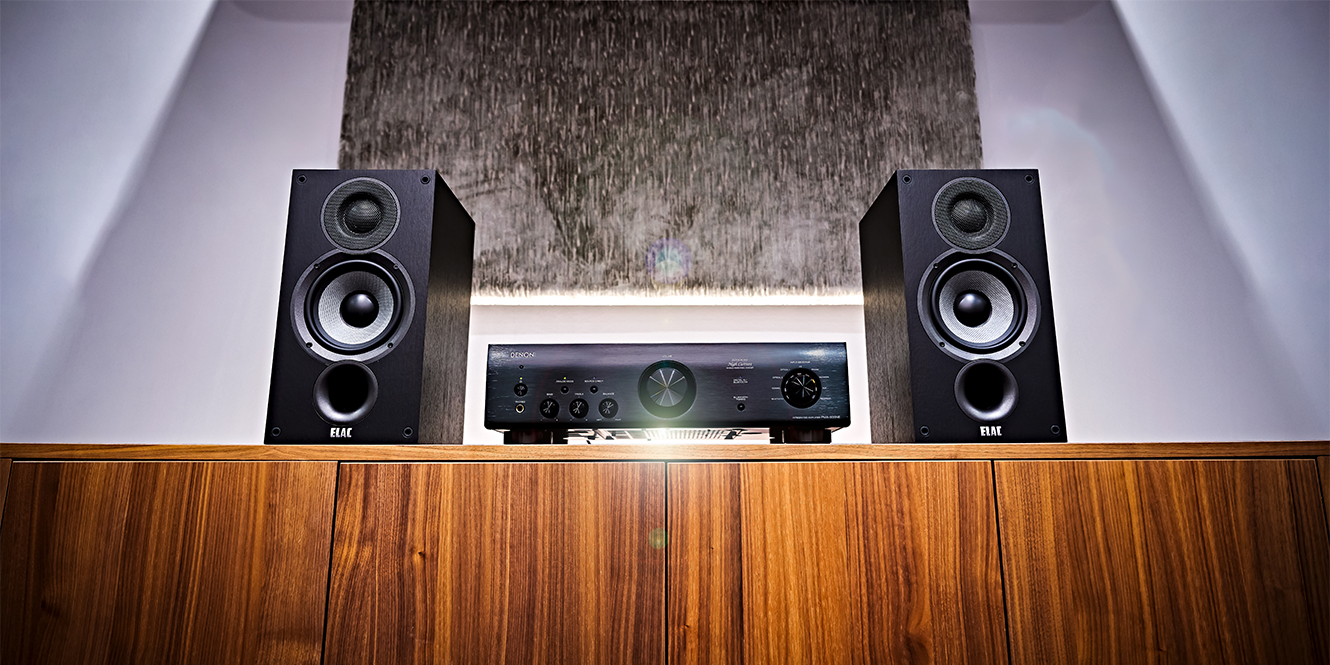
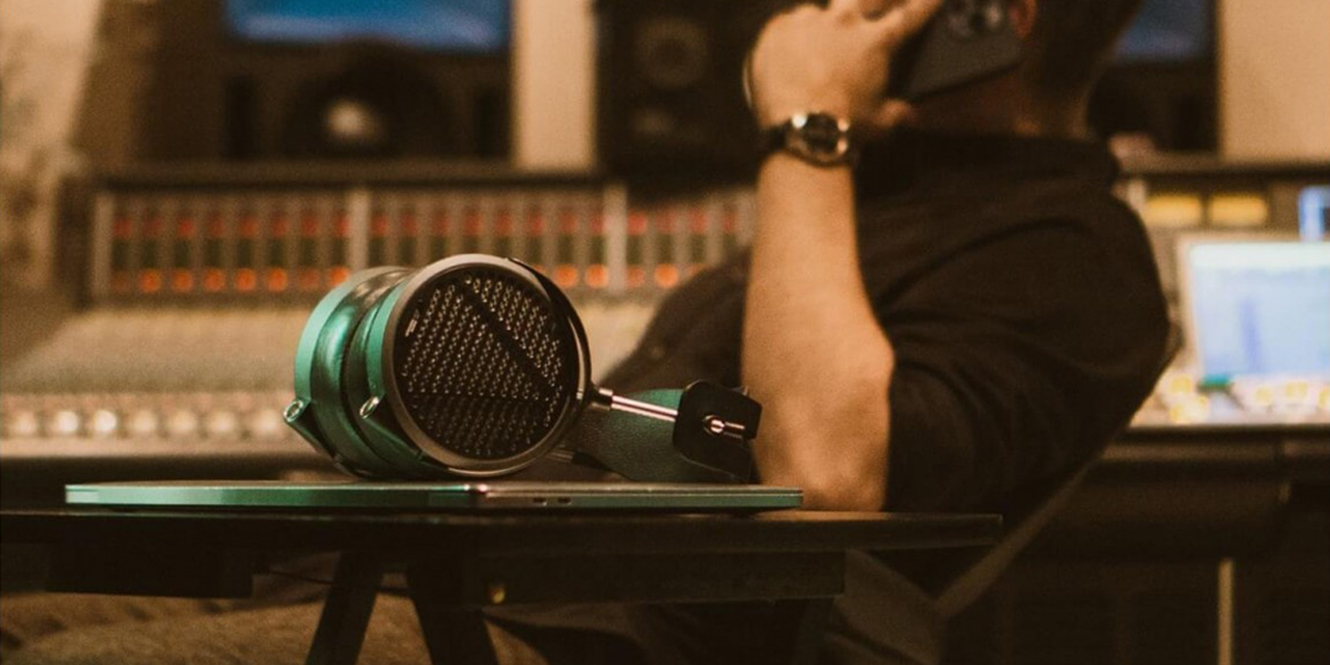
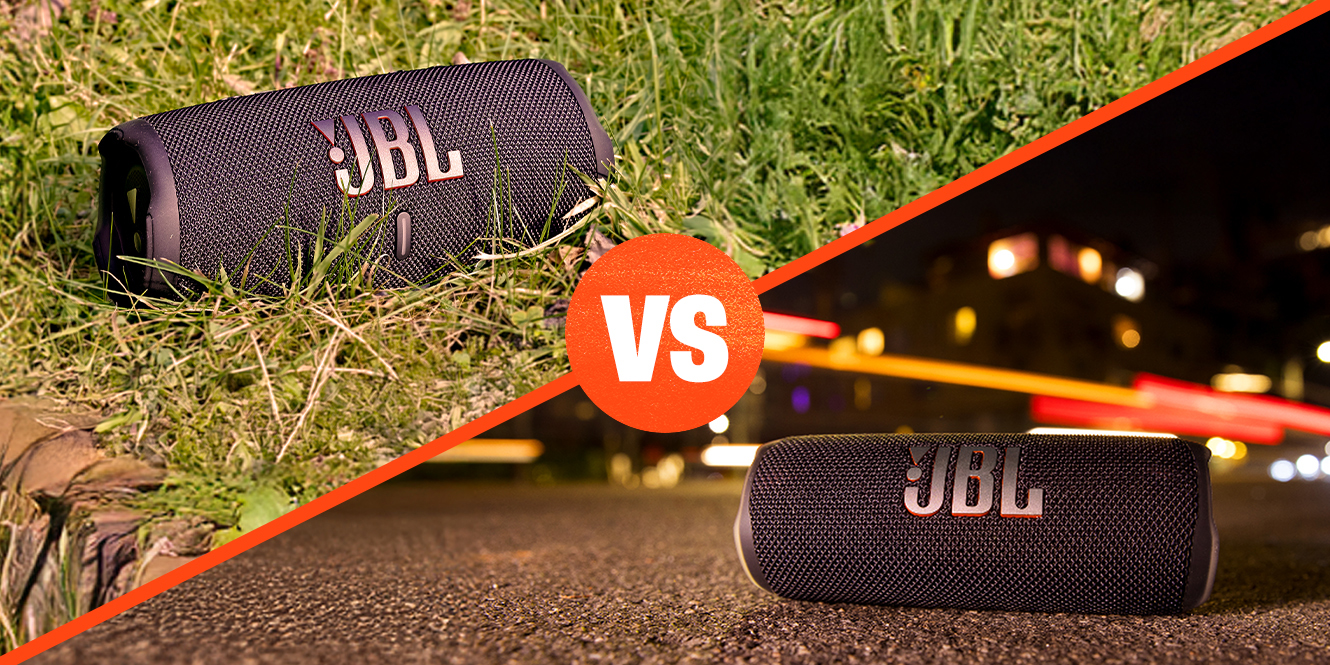
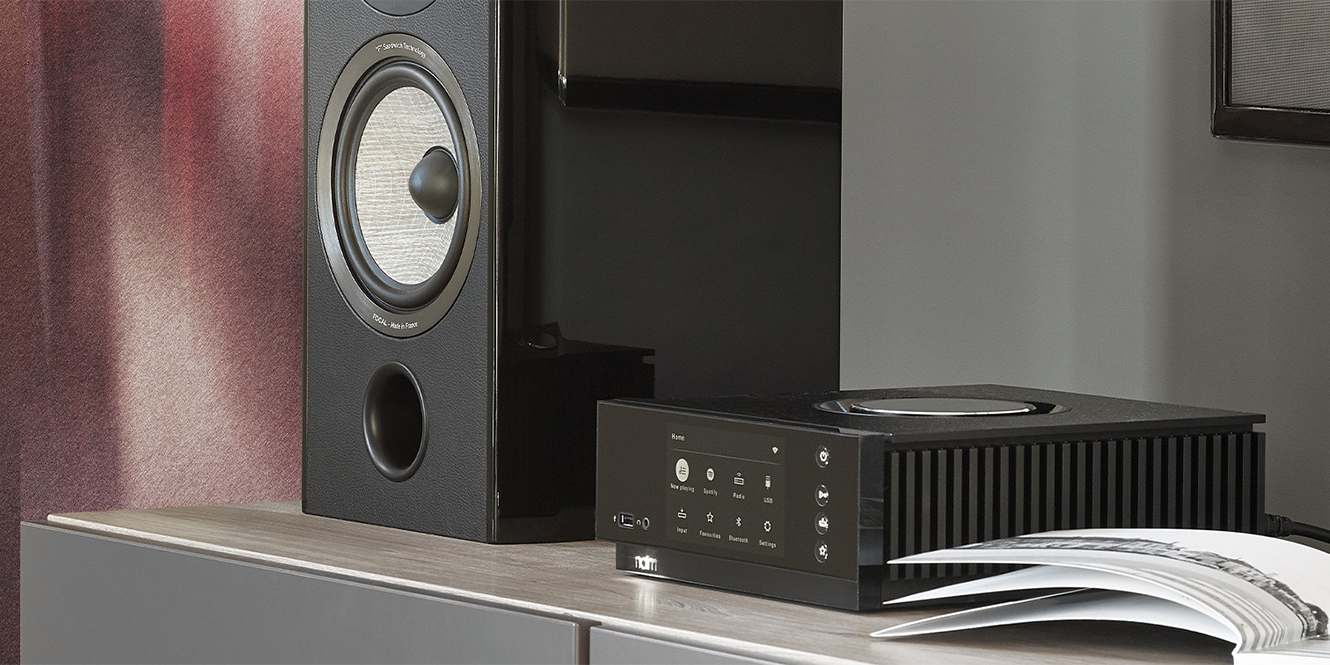
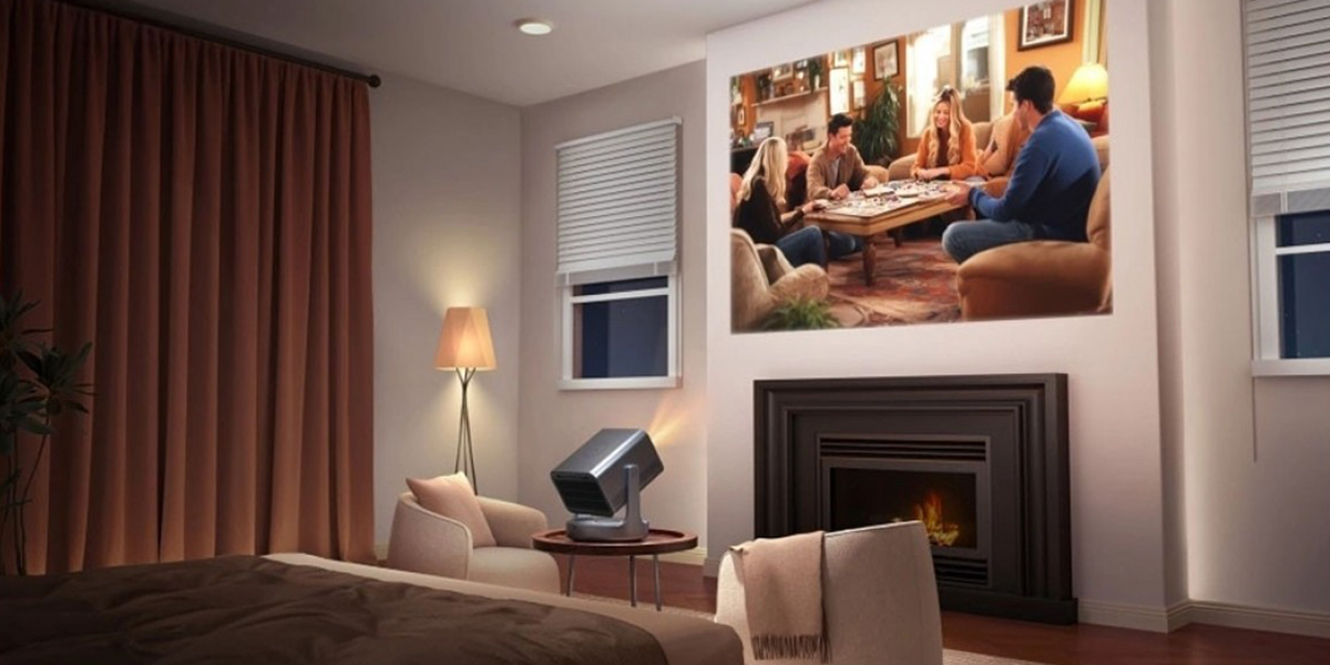




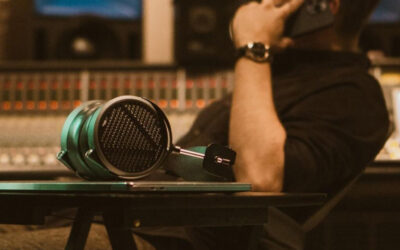
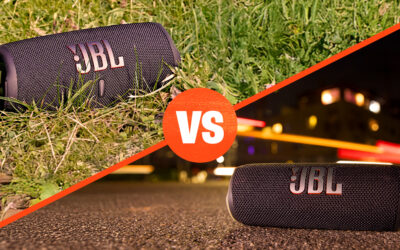
I do not use a moving-coil pick-up, because I cannot change the stylus myself, and most of the moving-coils 50 years ago had trackability problems. I have particular requirements, because of how many records I play, also my “advanced” age and the attendant fact that a great many of my records are 78 rpm or (a few) 80 rpm. The 2M series fits my needs perfectly. For the finest of my 1958-1962 stereo records, I use the Ortofon 2M Black. For more “casual” stereo listening, I use an Ortofon 2M Red. For monophonic L.P.s and 45s, I use an Ortofon Mono SE (which is superb, by the way). For the majority of 78s (including all that I bought, new, between 1946 and 1959), I use the 2M Mono 78 (which brings-out far more detail and articulation than any of the same recordings played from a CD). For the few Edison Diamond Discs I inherited from older relatives, I use a 2M Red which I have bridged-to-mono, out-of-phase (so as to play vertically-cut recirdings), fitted with an Ortofon 2M 78 stylus. I also have outfitted my son’s stereo with an Ortofon OM — which is at least as good as the very finest moving magnet pick-ups of a generation ago: he is delighted with it! For me, nothing in any “real world” price-range compares with an Ortofon!